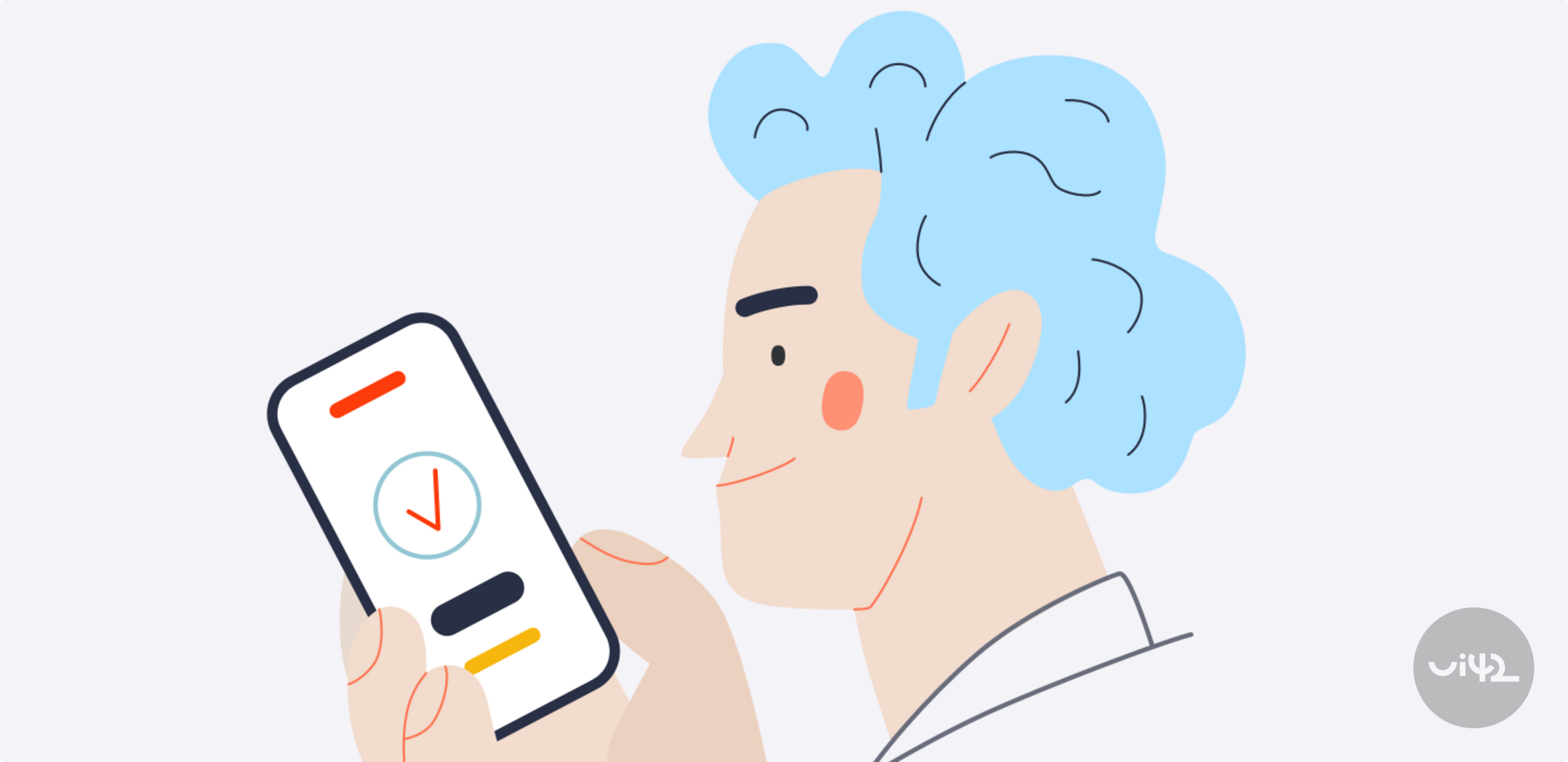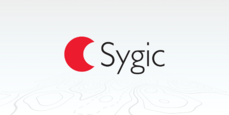Web accessibility means that the website can be perceived, understood, operated, and interacted with also by people disadvantaged by their disability. Due to their disability, for example, they may not see its content or may not be able to perform common actions using a mouse. Similar obstacles, even if to a lesser extent (such as poor vision, shaky hands), must also be overcome by older people, who moreover are not as proficient in using the internet and modern technologies.
These users form a significant group that also wants to browse various pages, gain new information, or shop online. Read about why and how to enable them to access and navigate the site without problems.

The best customer = a loyal customer. If the website is accessible to the disabled, it's a clear win-win
It often happens that in the pursuit of new website visitors, many e-shop owners or marketers overlook a group of people who would like to shop on the e-shop but cannot. WHO declared a few years ago that there are more than one billion people with disabilities in the world. If we add to this seniors who do not have much experience with technology, we can easily come to the number of potential website visitors that we may be trying to reach in vain through expensive paid advertising or more time-consuming optimization.
Although these are two different groups of people with different specifics in perception and reactions to the online environment, some steps to improve web accessibility make it easier for many of them to perceive and navigate the site. How do disabled or older people behave as customers and what problems do they face when browsing websites?
The pandemic, the increase in the number of e-shops, and a simpler form of shopping have attracted even less "online savvy" users to the internet
Satisfying a website visitor who is already proficient in online shopping is not easy today. He likes to compare the price of goods with the competition, searches for reviews, has already built some relationship with the e-shop where he likes to shop, and so on. Sometimes a really minor error, or something he is not satisfied with when shopping, and he immediately runs to the competition. This is one of the reasons why it is important to create clear websites that provide a pleasant user experience. Simply those that are for people.
Problems that seniors or disabled users encounter on websites
In the case of people with disabilities, it's a bit different. Their main priority is to read the information on the page (whether due to poor vision, visual impairment, or another handicap) or to perform a simple action – purchase, fill out a form, and the like.
This is how a person with a visual impairment might see (or rather not see) a website.
Seniors face similar obstacles on websites. Many of them may have been toying with the idea of online shopping for a long time, but during the coronavirus pandemic, they didn't have much choice and started shopping in e-shops. Although they do not have any handicap, it is harder for them to navigate many websites. Actions such as clicking on a smaller button or more precise mouse movement can be a problem for them.
An irrefutable argument for addressing this population group is that people naturally age and according to statistics, they are living to increasingly older ages. The number of users who will be looking for pages with larger buttons and sufficiently contrasting fonts will only increase.
And that is enough reason for e-shops, which have among potential customers precisely seniors, to start focusing on the accessibility of their pages and turn it into their competitive advantage.

Web accessibility as a competitive advantage
Although it is still true that disabled users are in a significant minority on the internet, for some e-shops this can be a long-term interesting and especially loyal user group. However, provided that the e-shop is adapted to their needs.
What is a matter of course for most website visitors can mean a problem for others to move forward. There are many disabilities that make it difficult for people to work with computers. For example, the blind, visually impaired, or motorically disadvantaged users cannot rely on a computer mouse or touchpad when working with a computer.
When a website is designed, programmed, and updated correctly, all information and functionality are available to every user regardless of their handicap. This means that the website can also be used with assistive technologies, such as screen readers for the blind.
The main idea of accessibility is that the website does not require any major changes in design or functionality. Accessibility is more about good design and following certain rules when adding new content. What are they?
Rules for web accessibility
There is a set of web accessibility rules, thanks to which disadvantaged users can also comfortably purchase groceries, drugstore items, medicines, medical aids, or any other products through an e-shop. Although often technically and content-wise more demanding elements, we are talking this time about rules for headings, menus, links, images, tables, and forms just so that they meet accessibility standards.
Let's mention a few examples:
- Proper contrast of colors used in the font (including texts in graphic elements) for better readability
- Images and videos with textual description, so their content is clear even to the blind, who instead of images read the descriptive texts
- The ability to increase the font size as needed
- Clear navigation that can be operated without a computer mouse using the keyboard
More rules for web accessibility contain standards with recommendations for proper design, implementation, and content update. The most widespread global standard is Web Content Accessibility Guidelines from the World Wide Web Consortium (W3C).
In Slovakia, in 2020, the decree of the Ministry of Investments, Regional Development and Informatization of the Slovak Republicfrom May 1 on standards for public administration information systems No. 78/2020 Z. z., which is mandatory for all public administration websites, i.e., state websites, but also websites of local government and education. This decree is also based on the aforementioned global standard, but it does not apply to e-shops and websites in the private sector. However, it is an excellent support for achieving accessible websites for all users.
How to incorporate rules for web accessibility?
Although at first glance it may seem that creating a website that is simply user-accessible for everyone will be easy, the opposite is true. Unfortunately, for example, many websites of state institutions or local governments would hardly pass an accessibility test.
It is ideal to address it already at the design stage of the e-shop. Then the implementation of accessibility rules is the simplest. If the e-shop is already finished, a suitable start is an audit according to one of the standards. Based on its results, it is then possible to adjust what hinders accessibility.
When implementing accessibility standards, an e-commerce CMS that should support accessibility rules can also help significantly. It is therefore more than clear that they will ensure that the website or e-shop is easily used even by disadvantaged visitors. By incorporating them, the e-shop also gains valuable points in terms of SEO.
In short, if your website is accessible, you won't spoil anything. On the contrary, you can only gain. For example, new, loyal customers. Not sure how you stand with accessibility? Contact us. At ui42, we will be happy to look at your project from the perspective of accessibility and guide you to a solution.












